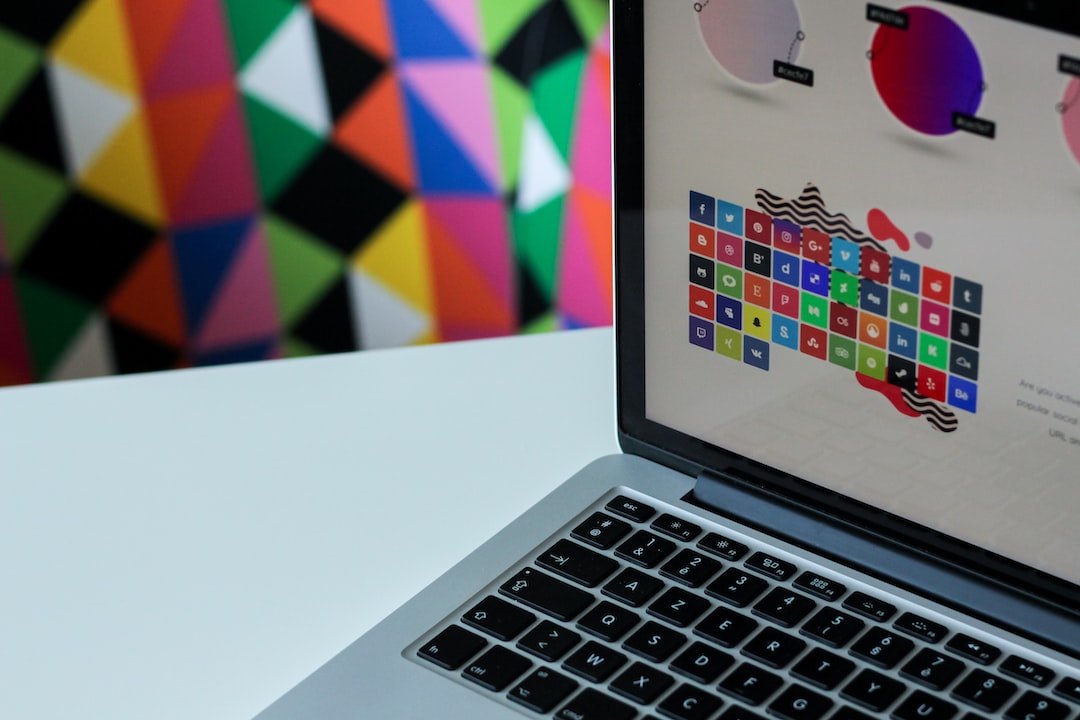A hover effect, also called a mouse-over effect, is a visual change that occurs when the mouse pointer is moved over a specific element on a web page or in an application. Typically, hover effects are used to signal user interaction with the element or to provide additional information.
Web designers and developers can create hover effects using various technologies such as HTML, CSS, and JavaScript. The simplest and most common uses for hover effects are changing the text color and background. More advanced techniques include highlighting images, displaying tooltips, and triggering animations.
Why hover effects are important
Hover effects are important in web design because they improve usability and engagement. By providing visual cues to users and responding to interactions, hover effects can help make navigation through a web page more intuitive. They can also help highlight certain elements and alert users to important interactions or information.
However, it's important to use hover effects sparingly and strategically to avoid cluttering or cluttering a web page's design. Smart use of hover effects can enhance the user experience, while overuse may cause users to be distracted from the crucial content of a web page.
Implementation of hover effects
Hover effects are usually implemented using CSS (Cascading Style Sheets), a style language used to design web pages. By using CSS, web designers and developers can define specific styles that are activated when various events occur, such as moving the mouse pointer over an element. The syntax for a hover effect in CSS looks something like this:
element:hover {
style_property: value;
}
Where 'element' is the HTML element to which the effect refers, 'style_property' is the property that is changed, and 'value' is the value that is assigned to the property when the hover effect is triggered.
Accessibility and hover effects
It is important to also consider website accessibility when using hover effects. Since touchscreen devices such as smartphones and tablets cannot recognize hover effects, web designers and developers should ensure that the core functionality and information of a web page is accessible even without hover effects. In addition, they should provide alternative solutions for touchscreen devices, such as displaying tooltips or triggering animations when tapping.




